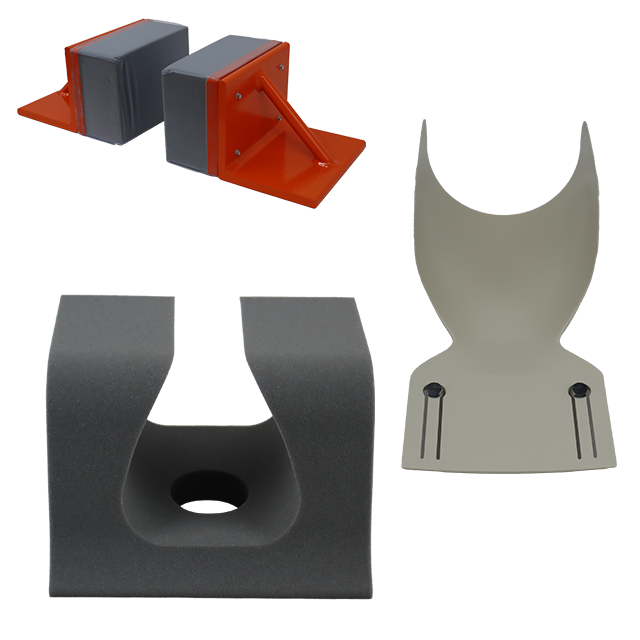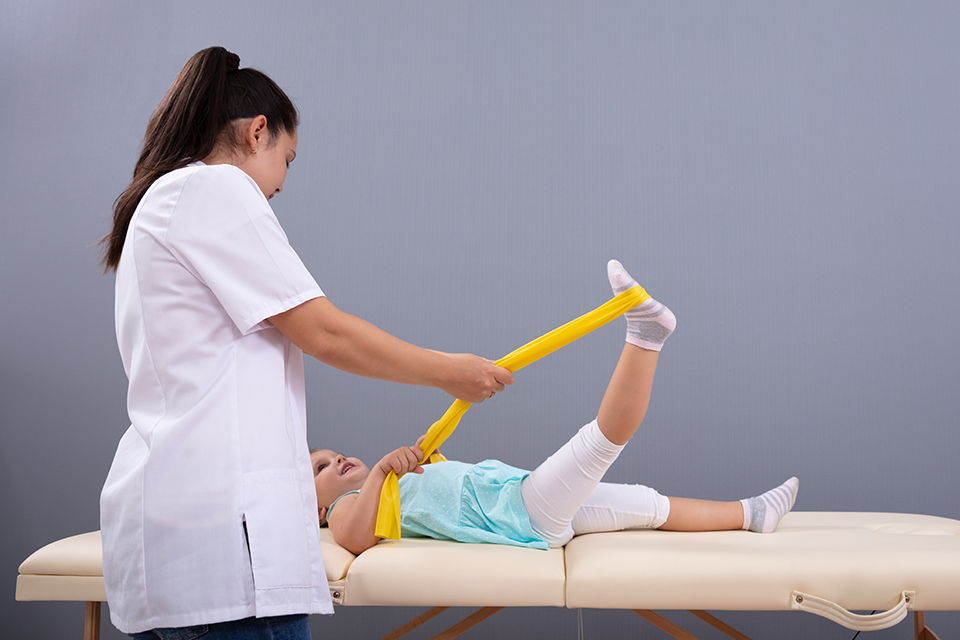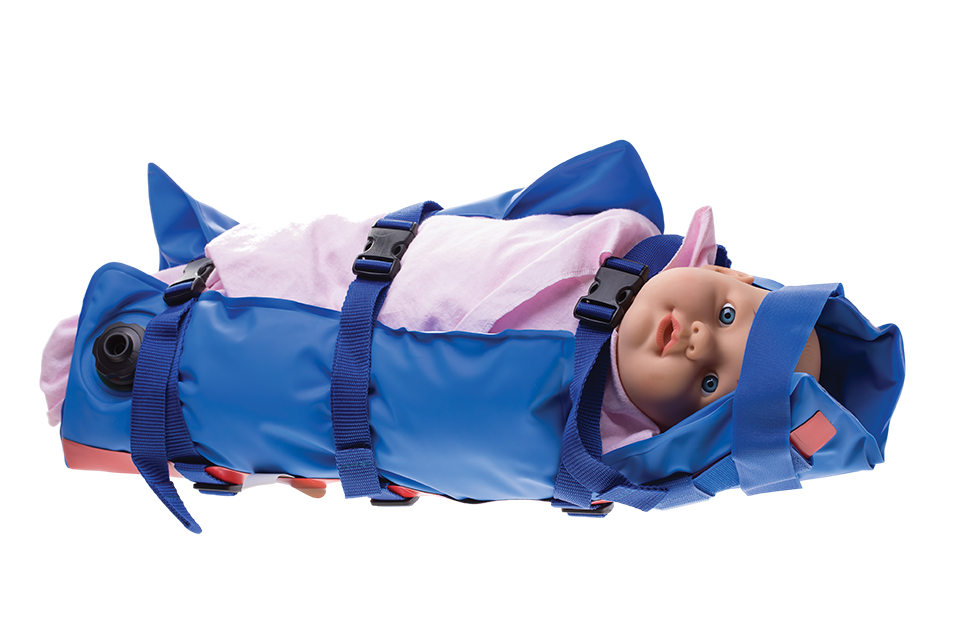Why Head & Neck Positioning Aids Are Crucial for Patient Safety
In today’s fast-paced medical environment, ensuring patient safety during diagnostic imaging and surgical procedures is of utmost importance. One of...
4 min read
Domico Med-Device Updated on December 2, 2024
This is the final installment in a 5-part series about optimizing multi-procedure imaging systems. Part 1 offered an overview of benefits. Part 2 detailed how these systems enhance the patient experience. Part 3 showed how they increase staff efficiency. Part 4 discussed how they boost hospital profits. In Part 5, we’ll reveal tips for successfully implementing multi-procedure imaging systems.
Multi-procedure imaging systems offer significant benefits, including enhanced patient experiences, better medical outcomes, increased staff efficiency and greater hospital profitability. The following tips can help hospitals implement multi-procedure imaging systems with success.
Spaces that accommodate multiple procedures must have diverse patient positioning capabilities. The right accessories help caregivers position patients safely and comfortably while granting access to imaging and treatment.
In addition, versatile attachments allow imaging suites to cater to multiple disciplines and caregiver preferences. A hybrid OR, for example, could be outfitted with rail extenders that hold attachments, and different attachments can be swapped out between procedures.
 Accessories also enhance patient comfort and safety. For example, bariatric table extenders reduce fall risks for larger patients, while Mayfield and Doro adapters keep patients safely positioned during delicate procedures. Rolls, wedges, and knee bolsters help patients rest comfortably, making it easier to remain still during imaging.
Accessories also enhance patient comfort and safety. For example, bariatric table extenders reduce fall risks for larger patients, while Mayfield and Doro adapters keep patients safely positioned during delicate procedures. Rolls, wedges, and knee bolsters help patients rest comfortably, making it easier to remain still during imaging.
Some patient positioning aids, such as carbon fiber arm boards, are radiolucent. Radiolucency allows caregivers to obtain high-quality images at lower radiation levels.
Many accessories work with equipment manufactured by any vendor. Universal accessories foster efficiency – staff know the equipment inside and out, so they can quickly convert rooms for different procedures and instantly switch from imaging to therapy during procedures.
When considering which spaces to optimize first, hospitals should prioritize major procedures that are both common and profitable. By starting with these high-volume procedures, hospitals can maximize the return on their investment in imaging systems. For example, if cardiac catheterizations are the most frequent procedure at a hospital, they could focus on designing a hybrid cath lab equipped with a C-arm and fluoroscope to cater to these cases. This specialized space could efficiently accommodate heart caths as a priority while also being adaptable for use by interventional radiology when available. This strategic approach ensures that the imaging system is utilized to its fullest potential, benefiting both patients and the hospital's bottom line.
 3. Develop a Scheduling Strategy
3. Develop a Scheduling StrategyIn the fast-paced environment of hospitals, where various departments and physicians vie for access to imaging suites, a well-thought-out scheduling strategy is essential to prevent conflicts and ensure smooth operations. It's no secret that there is a pecking order in hospitals, with certain specialties often taking precedence over others. For example, in a cath lab, vascular surgeons may be given priority over neurologists, who, in turn, might take precedence over interventional radiologists. This hierarchy can lead to competition for limited space and resources, causing frustration and inefficiencies.
Hospitals can benefit from planning spaces catering to similar service lines with overlapping procedures and equipment to address these challenges. Hospitals can optimize workflow and maximize the utilization of their resources by strategically organizing imaging suites to accommodate multiple departments and physicians with complementary needs. This approach helps keep volumes moving and ensures that each specialty has access to the facilities they require without unnecessary conflicts or delays.
Furthermore, considering the demanding schedules of healthcare professionals who must juggle between office duties, procedures, and hospital rounds, a well-designed scheduling strategy becomes even more critical. By aligning procedures and equipment to serve like service lines, hospitals can streamline operations, reduce conflicts, and enhance overall efficiency. Ultimately, a thoughtful scheduling strategy can contribute to a more harmonious and productive environment for both staff and patients.
While multi-procedure imaging systems offer a plethora of benefits, there are instances where their implementation may not be the most advantageous. It would be counterproductive for a hospital to invest a substantial amount, such as $2 million, in a system that is placed in a shared space among departments that have incompatible needs. For instance, healthcare providers specializing in kidney-related procedures would have no use for fluoroscopy equipment typically found in an operating room setting.
It is crucial to recognize that certain medical disciplines are so distinct that they require their dedicated equipment and spaces. When procedures vary significantly in their requirements, it is more practical to have specialized equipment tailored to each discipline in separate areas. Therefore, the strategic coordination of imaging suites to cater to departments with overlapping needs is paramount for maximizing the efficiency and effectiveness of multi-procedure imaging systems.
 5. Consider Custom Solutions
5. Consider Custom SolutionsHospital staff are not only innovative but also resourceful. When faced with a lack of suitable patient positioning solutions, they have been known to improvise with towels and various other objects to ensure that patients are positioned correctly for procedures. This ability to think on their feet and problem-solve in real time showcases the dedication and creativity of healthcare professionals.
Simultaneously, hospital administrators are constantly on the lookout for ways to maximize the efficiency of equipment and resources. By finding ways to repurpose a single piece of equipment for multiple uses, they can not only save costs but also streamline processes and enhance overall productivity within the healthcare facility.
In instances where existing solutions do not meet the unique needs of a specific application, hospitals have the option to collaborate with manufacturers to develop custom solutions. This collaborative approach often leads to the creation of tailored products that address specific challenges faced by healthcare providers. By engaging in this partnership, hospitals can ensure that their equipment and tools are optimized for their intended purposes, ultimately benefiting both staff and patients alike.
In conclusion, optimizing multi-procedure imaging systems can bring about significant benefits for hospitals, staff, and patients alike. By investing in the right accessories, prioritizing major procedures, developing a scheduling strategy, optimizing for similar disciplines, and considering custom solutions, hospitals can enhance patient experiences, improve staff efficiency, and maximize profitability. These tips serve as a guide to successfully implementing multi-procedure imaging systems and reaping the rewards they offer. For more insights on optimizing healthcare systems and improving patient care, stay tuned for our future blog posts. Thank you for reading and engaging with our content.
Multi-procedure imaging systems can enhance patient experiences, improve staff productivity, and maximize hospital ROI. Follow the tips outlined here to optimize imaging systems for multiple procedures and influence better outcomes for your hospital, staff, and patients.

In today’s fast-paced medical environment, ensuring patient safety during diagnostic imaging and surgical procedures is of utmost importance. One of...

Ensuring the safety and comfort of pediatric patients during medical procedures is a top priority for healthcare providers. One effective way to...

Ensuring accurate and effective imaging for pediatric patients requires specialized equipment that addresses their unique needs. Pediatric and child...